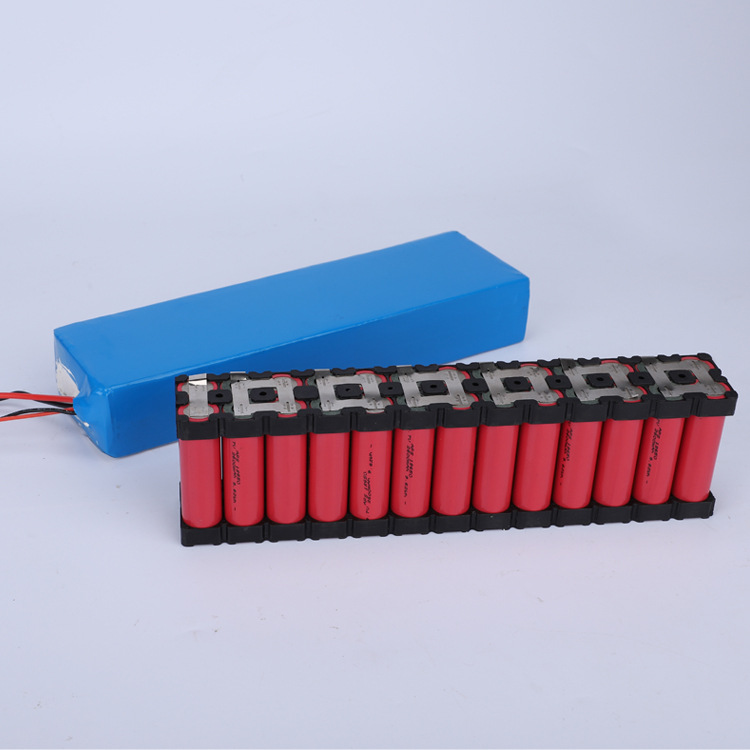
Lithium ion battery-safety hazard
Lithium-ion battery Lithium-ion battery The safety problem of lithium-ion battery is not only related to the nature of the cell material itself, but also related to the battery preparation technology and use. The frequent explosions of mobile phone batteries are due to the failure of the protection circuit on the one hand, but more importantly, the material has not fundamentally solved the problem.
The lithium cobalt oxide cathode active material is a very mature system in terms of small cells, but after fully charged, there are still a large amount of lithium ions left in the positive electrode. When overcharged, the lithium ions remaining in the positive electrode will rush to the negative electrode. The formation of dendrites on the negative electrode is an inevitable result of overcharging of batteries using lithium cobalt oxide materials. Even in the normal charge and discharge process, there may be excess lithium ions that dissociate to the negative electrode to form dendrites. The theoretical ratio of lithium cobalt oxide materials is The energy is more than 270 milliampere hours per gram, but in order to ensure its cycle performance, the actual use capacity is only half of the theoretical capacity. During use, due to some reasons (such as damage to the management system), the battery charging voltage is too high, a part of the remaining lithium in the positive electrode will be released, and the electrolyte will deposit on the surface of the negative electrode in the form of metal lithium to form dendrites. The dendrites pierce the diaphragm and form an internal short circuit.
The main component of electrolyte is carbonate, which has a very low flash point and low boiling point, and will burn or even explode under certain conditions. If the battery is overheated, the carbonate in the electrolyte will be oxidized and reduced, and a large amount of gas and more heat will be generated. If there is no safety valve or the gas is too late to be released through the safety valve, the internal pressure of the battery will rise sharply and cause an explosion.
The polymer electrolyte lithium ion battery does not fundamentally solve the safety problem. It also uses lithium cobalt oxide and organic electrolyte, and the electrolyte is gelatinous, not easy to leak, and will cause more violent combustion. Combustion is the safety of polymer batteries. The biggest problem of sex.
There are also some problems in the use of the battery, an external short circuit or an internal short circuit will generate an excessive current of several hundred amperes. When an external short circuit occurs, the battery is discharged with a large current instantly, which consumes a large amount of energy on the internal resistance and generates a huge amount of heat. The internal short-circuit forms a large current, and the temperature rise causes the diaphragm to melt, and the short-circuit area expands, thereby forming a vicious circle.